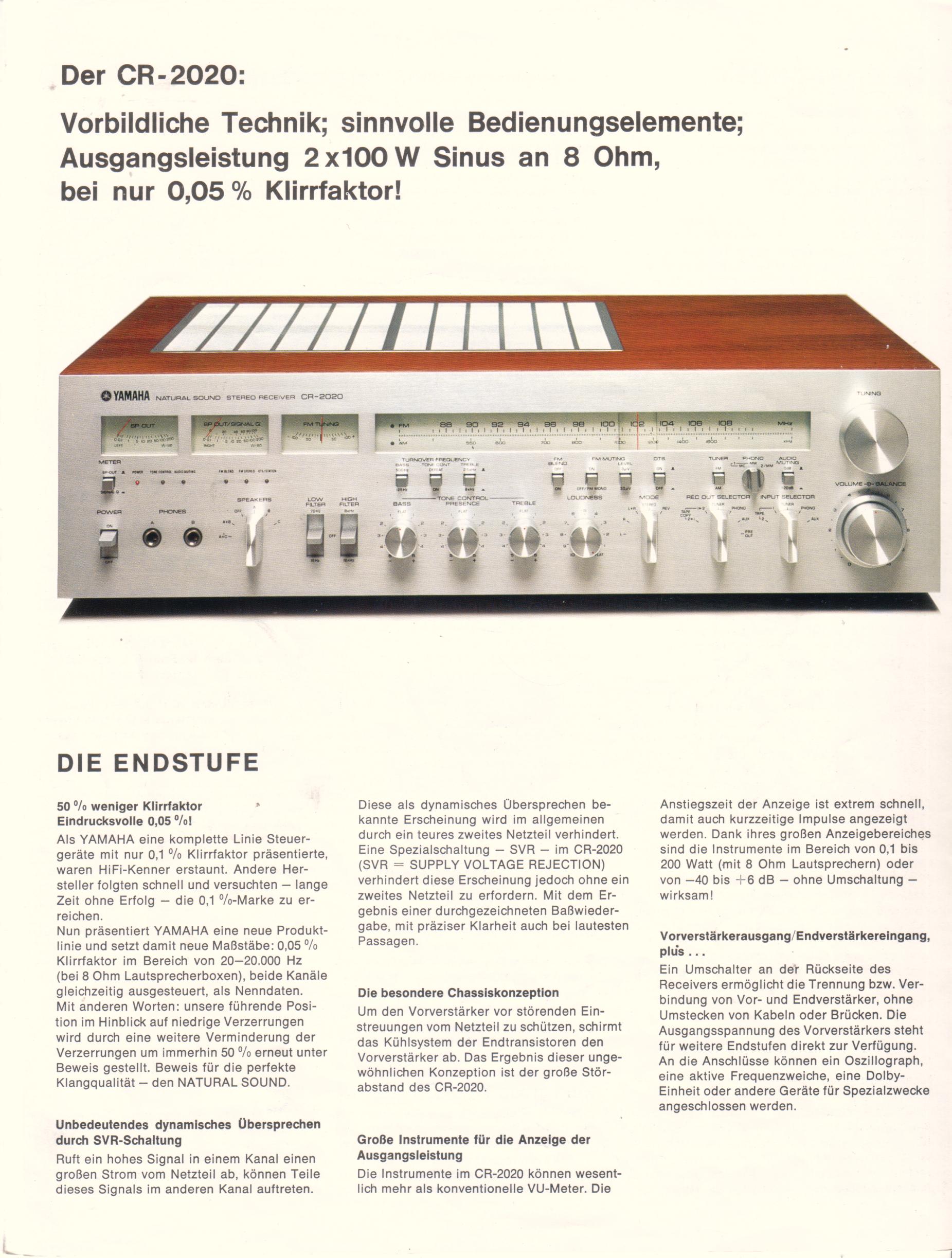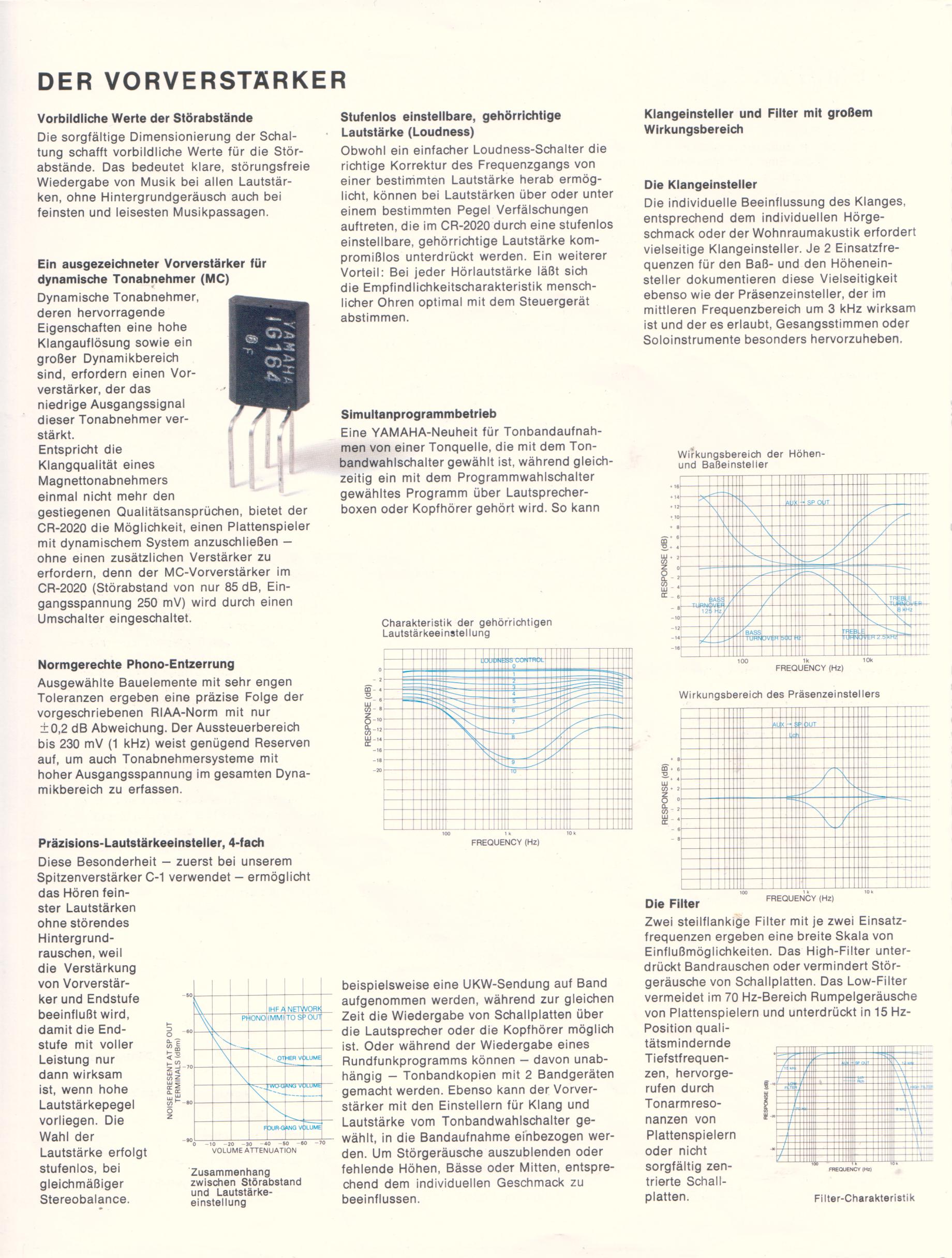The last amplifier I owned with tone controls (and a whole load of filters) was an Armstfrong 621 integrated amplifier. A very popular amplifier at the time. I bought it new in the late seventies replacing a Rotel RA312 and it lasted until sometime in 1989 when it expired. By that time amplifiers without tone controls were thought to be the future of high fidelity and I replaced the Armstrong with a Cyrus 2, which I still have today and frequently swap in and out of my main system. [I have to say the Cyrus 2 with it's partnering PSX is an excellent bit of kit when recapped]. I've also owned concurrently many other integrated amps and pre-amps, none of which had tone controls either.
But I have several different pairs of speakers, mostly second hand, but some bought new after demoing at a retailer, that, once home sounded different. Most notably a pair of B&W 606's which in my listening room do sound a bit bright. Also a pair of vintage KLH 317's which also have a bright sound. Until now I haven't been able to do much about it other than, in the case of the KLH's, wiring a resister in series with the tweeter; that helped.
Now though I have bought a refurbished Quad 33 to partner the two 303's and other power amps I use. What a joy it is to be able to use tone controls again especially to tone down an enthusiastic tweeter or to adjust for room acoustics. No more chopping and changing speakers around. Tone controls surely help to aid the matching of speakers with amplifiers .... don't they? Also for boosting bass and treble - "loudness" fashion - when listening late at night at low volume.
BTW I'm very pleased with the performance of the 33 and it's versatility, and don't understand why it gets a mixed reception in some hifi circles.
But I have several different pairs of speakers, mostly second hand, but some bought new after demoing at a retailer, that, once home sounded different. Most notably a pair of B&W 606's which in my listening room do sound a bit bright. Also a pair of vintage KLH 317's which also have a bright sound. Until now I haven't been able to do much about it other than, in the case of the KLH's, wiring a resister in series with the tweeter; that helped.
Now though I have bought a refurbished Quad 33 to partner the two 303's and other power amps I use. What a joy it is to be able to use tone controls again especially to tone down an enthusiastic tweeter or to adjust for room acoustics. No more chopping and changing speakers around. Tone controls surely help to aid the matching of speakers with amplifiers .... don't they? Also for boosting bass and treble - "loudness" fashion - when listening late at night at low volume.
BTW I'm very pleased with the performance of the 33 and it's versatility, and don't understand why it gets a mixed reception in some hifi circles.



